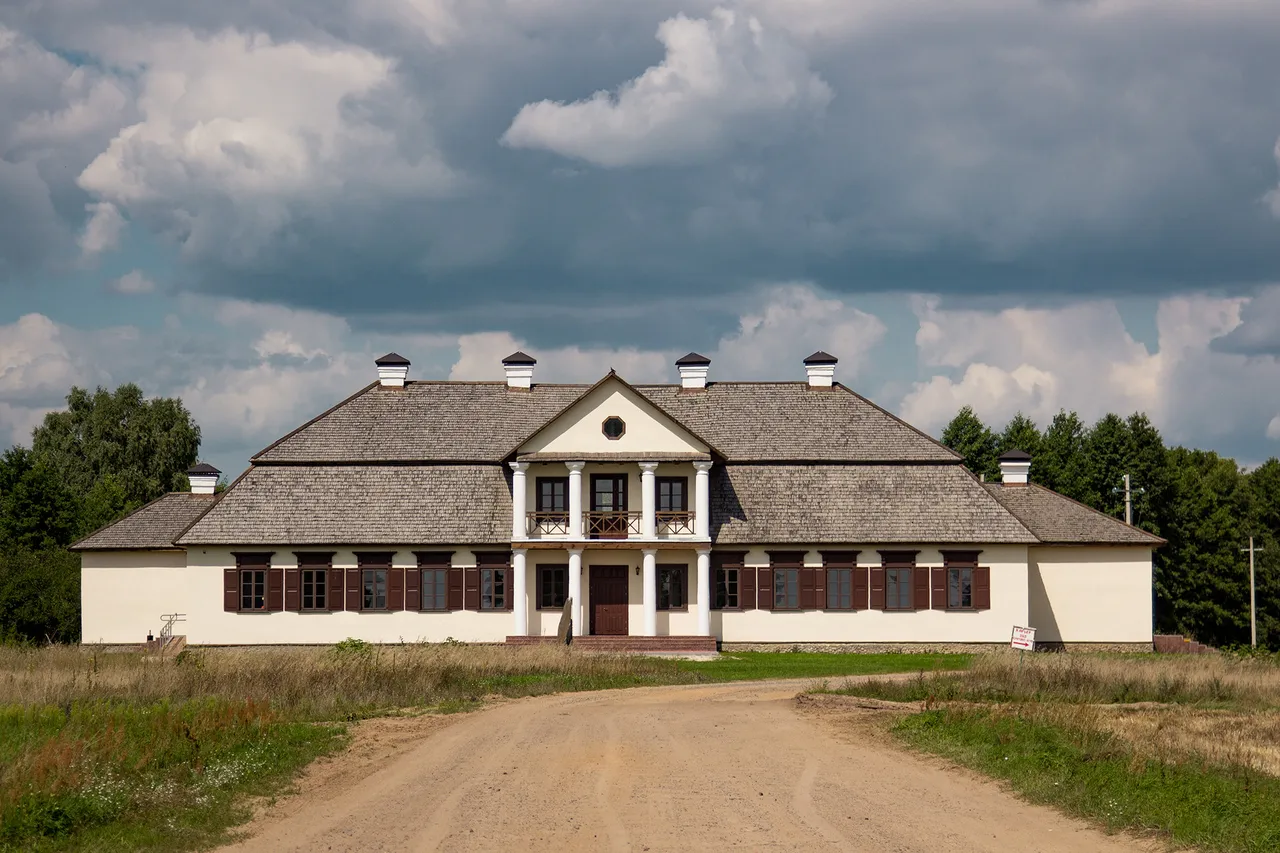Hello everybody! There are many ways to preserve the architectural heritage. The best way is the restoration of buildings. In the worst case, memory is preserved only in the memory of descendants and photographs. But an alternative way to preserve the memory of an outstanding architecture is to make a mini-copy.
In the last post, I told the story of three models, which are miniature copies of the lost objects of the historical and cultural heritage of the Ivanovo region. It remains to tell the story of three more layouts. As I mentioned earlier, miniature twins were created on the basis of archival documents and thanks to the work of Napoleon Orda. I will continue my story from his personal estate.
Manor estate of Napoleon Orda

Napoleon Orda is a Belarusian-Polish composer, writer, musician, sculptor, teacher and artist. It's amazing how much talent one person had. He skillfully created architectural sketches of monuments, landscapes of cities and villages. His artistic heritage includes more than 1150 graphic works. Thanks to his contribution to art, contemporaries can see the lost masterpieces of architecture. The estate of the Orda family was once located in the Red Dvor tract, which was confiscated in 1835 and soon destroyed.


In 2004, archaeologist Valentin Sobol, with the support of the Academy of Sciences, excavated the house-estate. In addition, work was carried out to search for archival drawings and materials made by Napoleon Orda. The farmstead wooden manor had a stone foundation and many rooms. A distinctive feature is the two-story Porch on both sides, which had a portico and four columns.

Restored manor 2020 Photo source
Currently, the manor house of the family of Napoleon Orda has been restored to its former appearance. Inside there is an art gallery and multiple expositions that are directly related to the former owner of the estate. Surprisingly, the estate was restored almost from scratch. An amazing job has been done.
Palace and Park Ensemble of Novashitsy

This estate appeared in the 18th century and the name of Napoleon Orda is also intertwined with its history. He also made one of the paintings of this building.

Manor "Novoshchitsy" in the painting by Napoleon Orda. Photo source
The estate in the form of a horseshoe consisted of three connected buildings: the main one and two side ones. A six-column porch was located on the axis of the main building. Other entrances with columns were located on the back of the building. There were 9 rooms in the middle building, and four in the side ones. The estate had very complex furnace connections. They were supplied with very long chimneys reminiscent of a spider. In addition to tiled stoves, fireplaces were located in large rooms. First of all, they served to create lighting.


The rooms were furnished with expensive Empire style furniture, paintings, silver and bronze items. In addition, the estate had its own library of old Polish and French books, amounting to about a thousand volumes. Over time, the palace was handed over to servants, and then dismantled. To date, only the foundation reminds of its existence.
Estate of the Dostoevsky family

One of the objects of the Labyrinth of Time is the model of the house of the Dostoevsky estate. This is the "family nest" of the ancestors of the world-famous Russian writer Dostoevsky. Its location was discovered during archaeological research near the village of Dostoevo. The study made it possible to recreate the reconstruction of the exterior and interior layout of the house. The large wooden house had a size of 20 by 16 meters and 10 rooms. On the right side there were two dining rooms with rooms, and on the left side there were living rooms. The house had three large ovens and a home chapel.


Near the house there were various outbuildings. The village of Dostoevo gave the surname to the Dostoevsky family. The estate was destroyed in 1943 during the offensive German operation. The only mention of the Dostoevsky estate is a model in the city of Ivanovo.

On either side of the Labyrinth of Time are two paintings. Apparently they are copies of paintings by Napoleon Orda. They depict old settlements that are associated with the city of Ivanovo and the Ivano region. I think that this perfectly complements the overall composition of the Labyrinth of Time and deserves your attention.


Acquaintance with miniature copies of architecture turned out to be an interesting business. An excellent initiative that deserves attention and continuation. This is a great alternative way to preserve the memory of historical architecture and pass it on to posterity.
Photo information:
Author: @danny.green
Camera: Nikon D5200
Location: Ivanovo, Belarus
Thanks to everyone who reads and supports. Best regards from @danny.green.